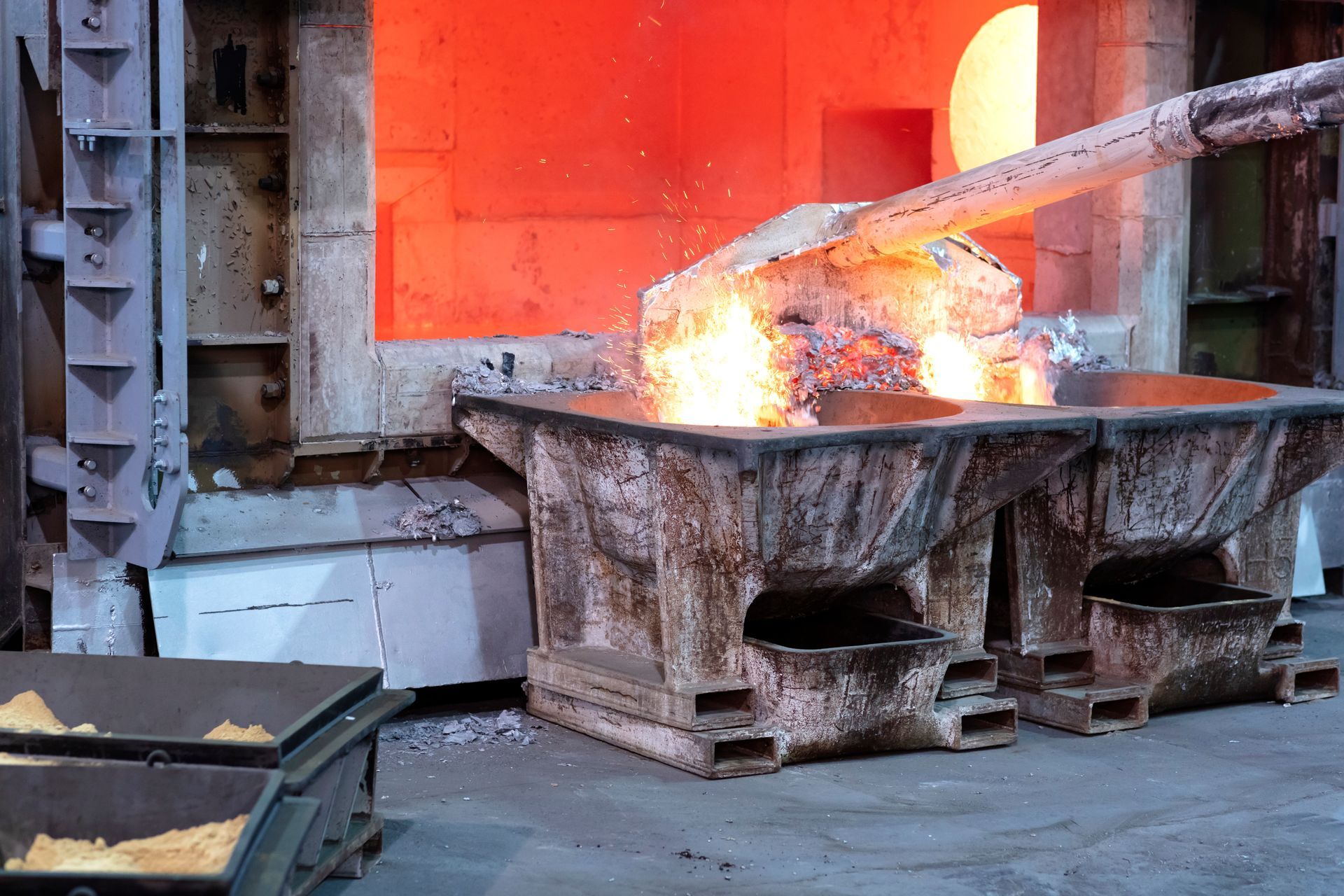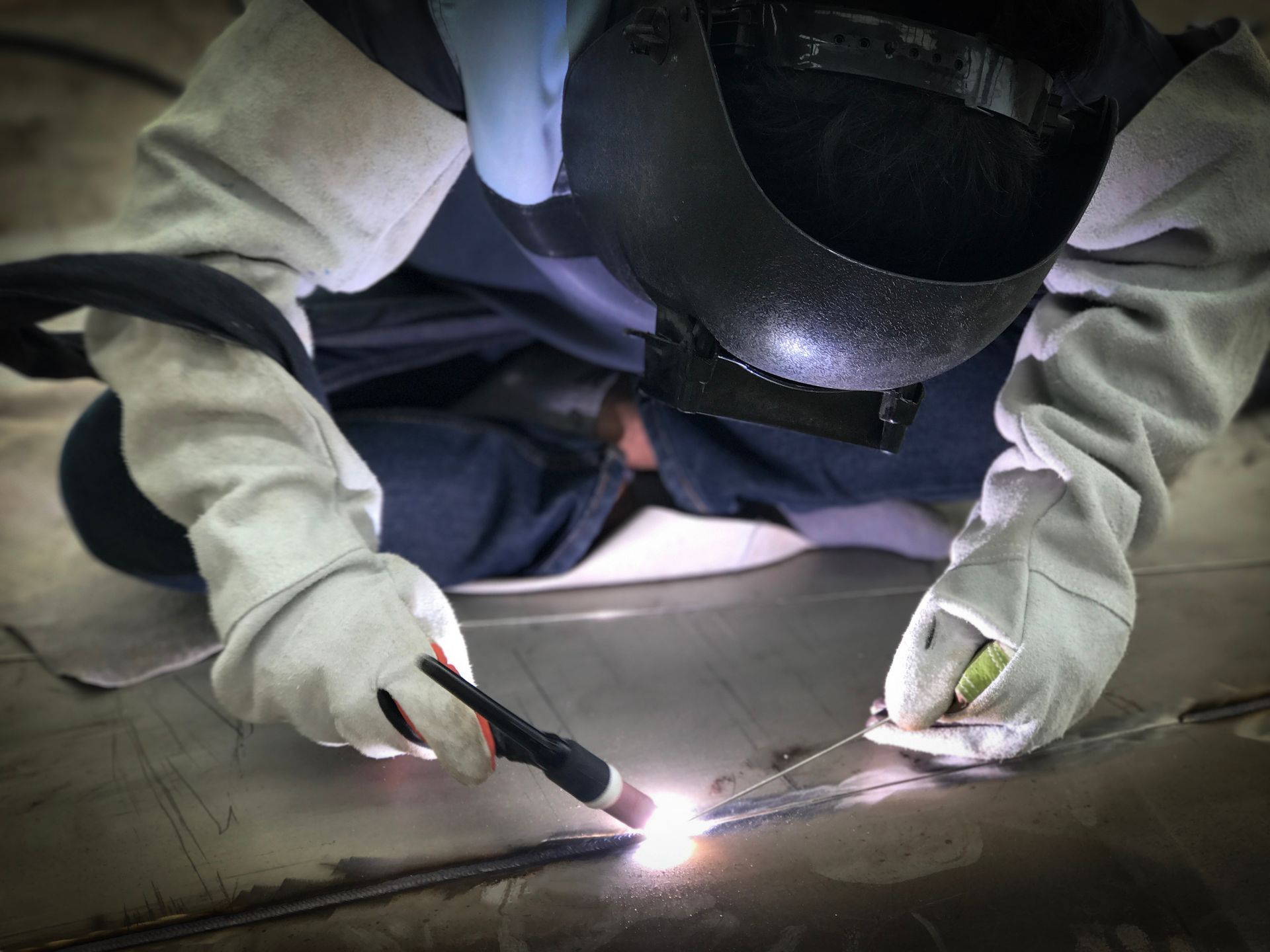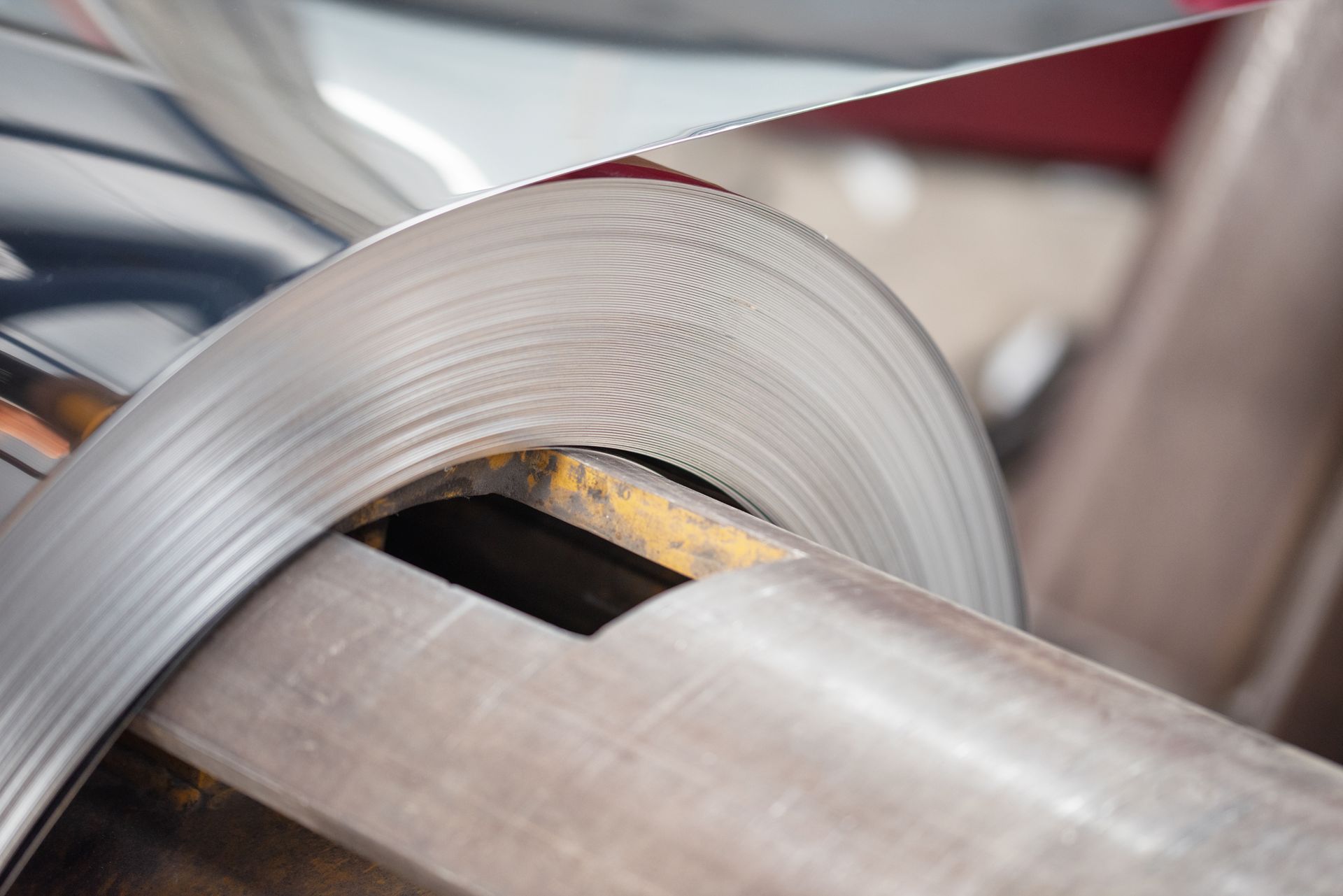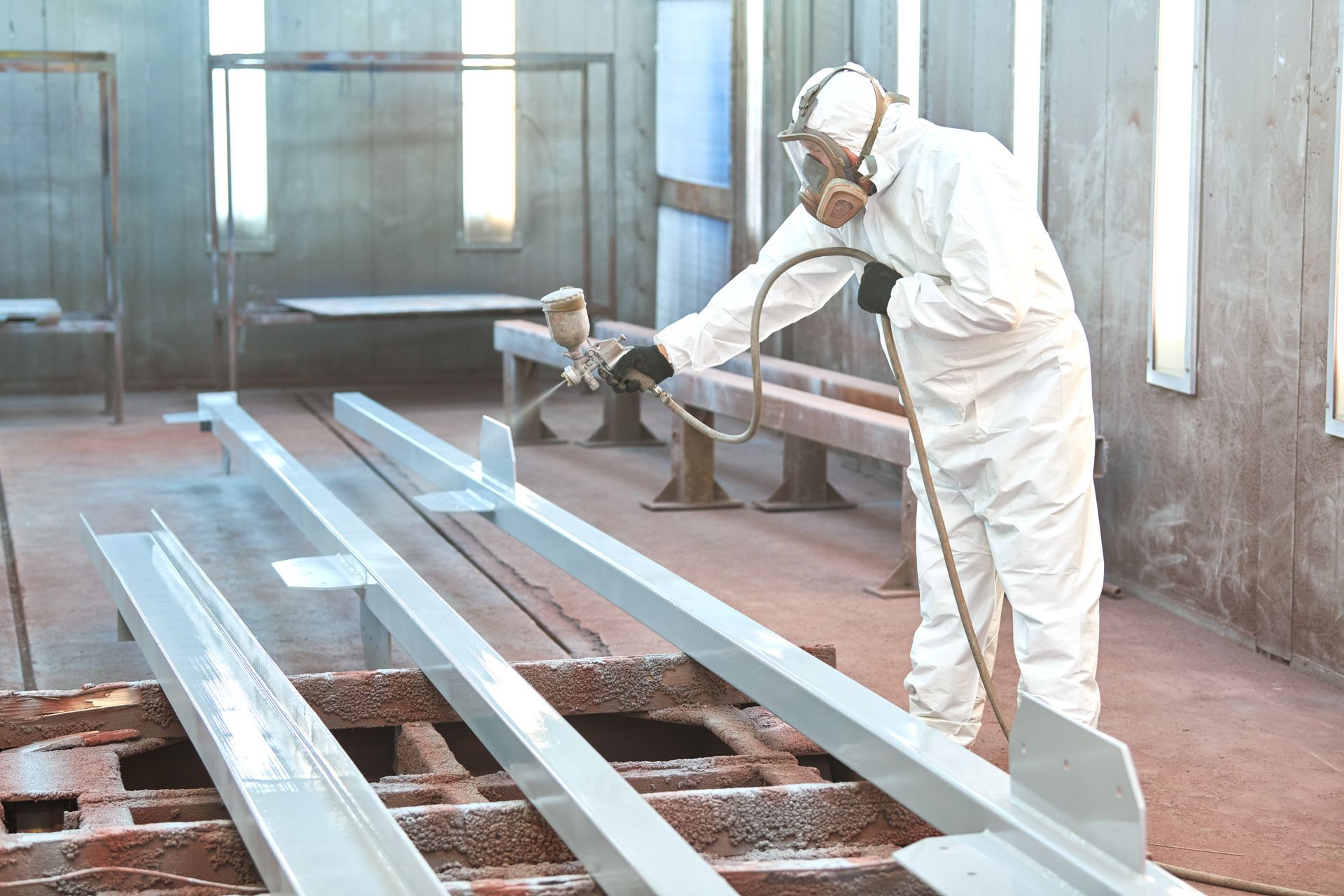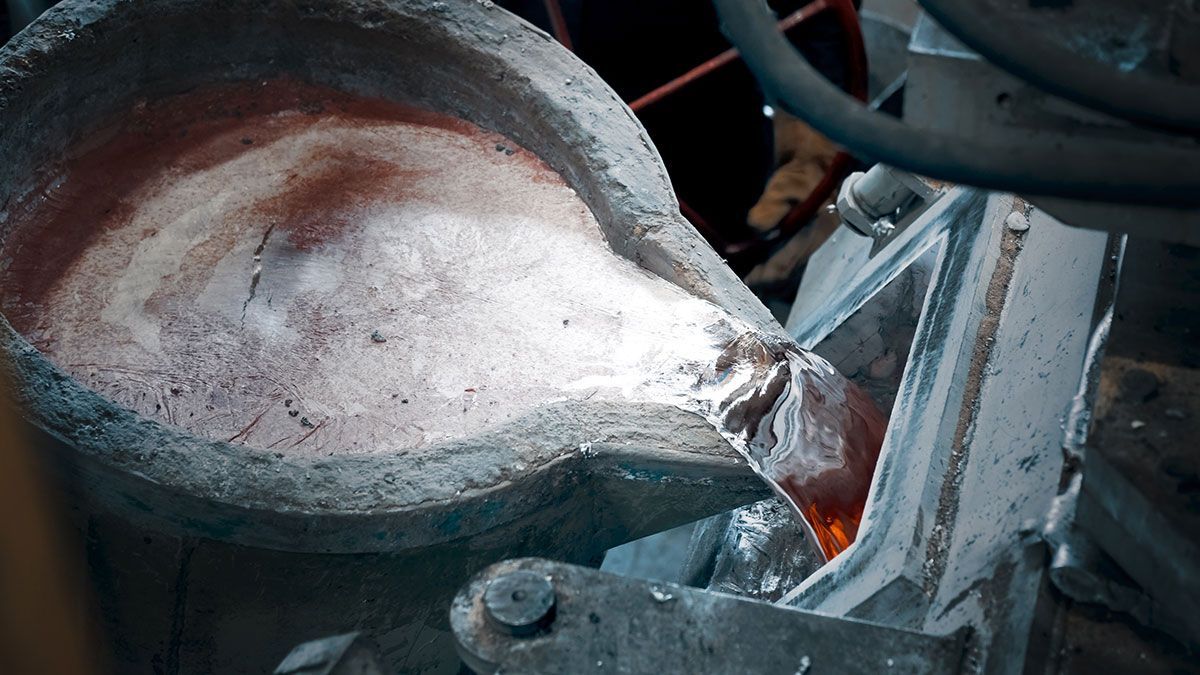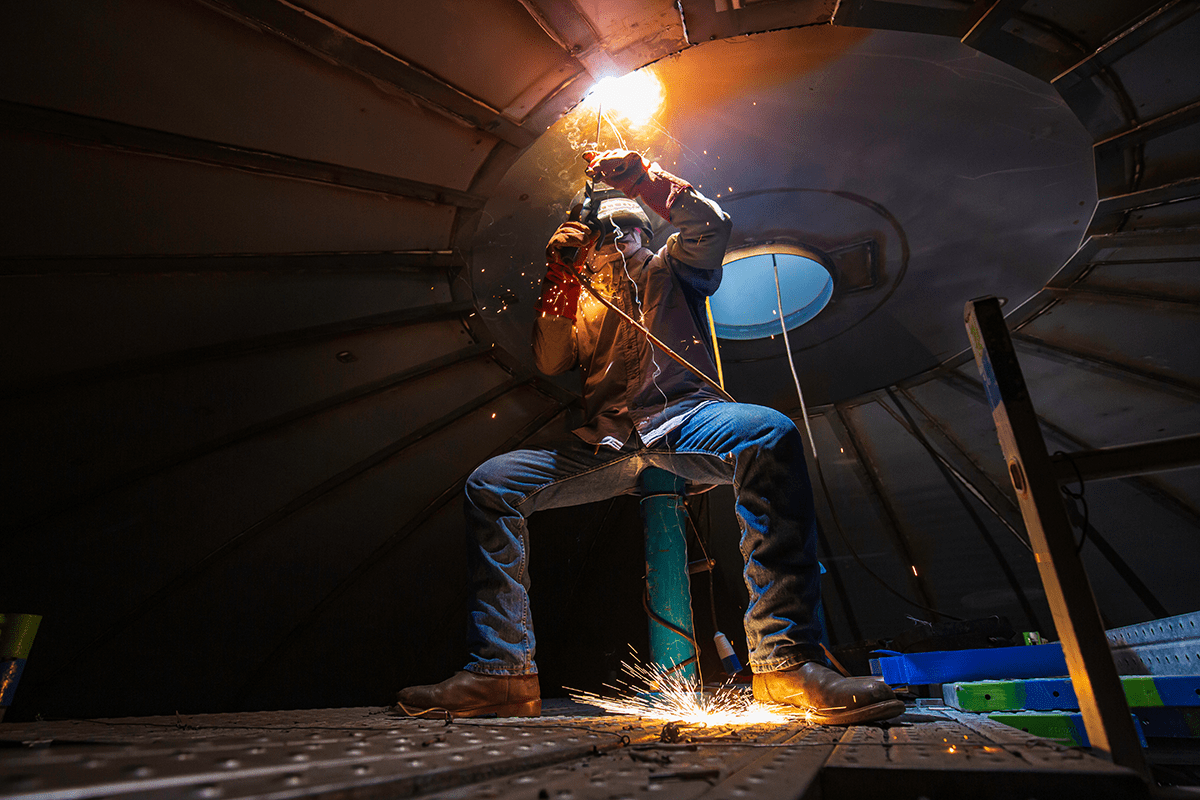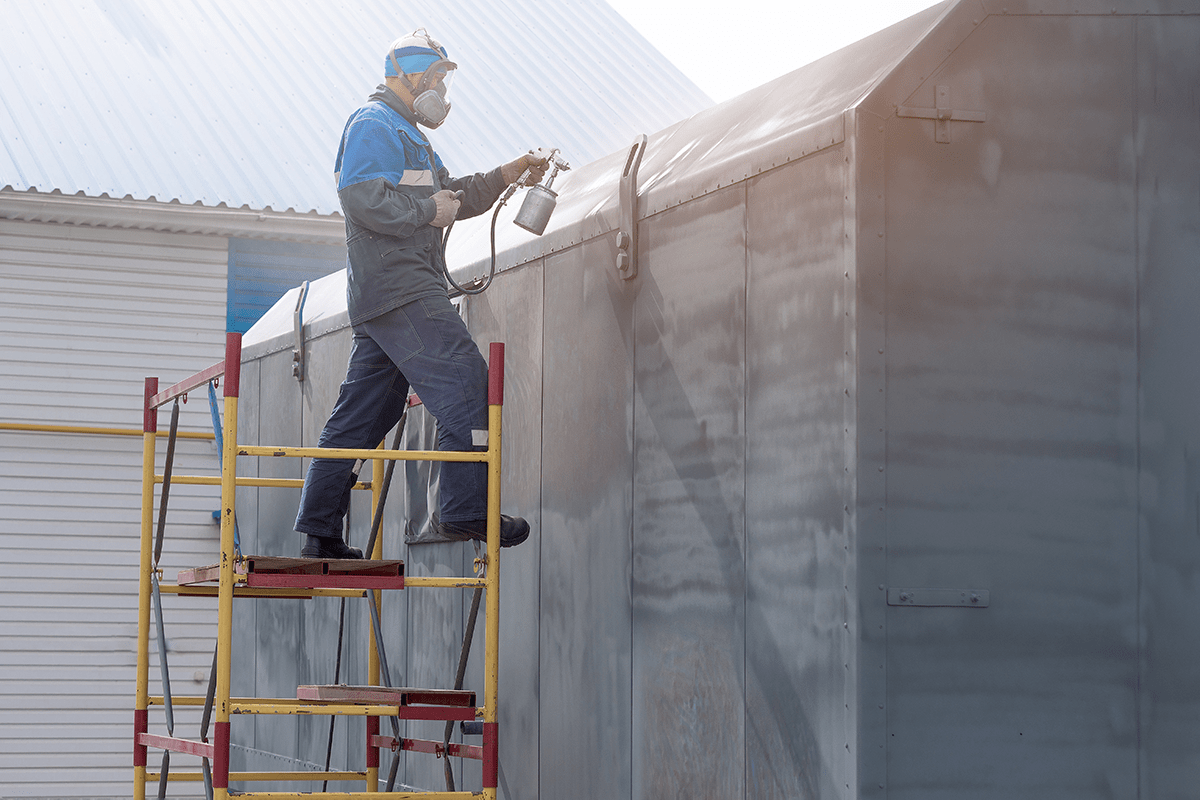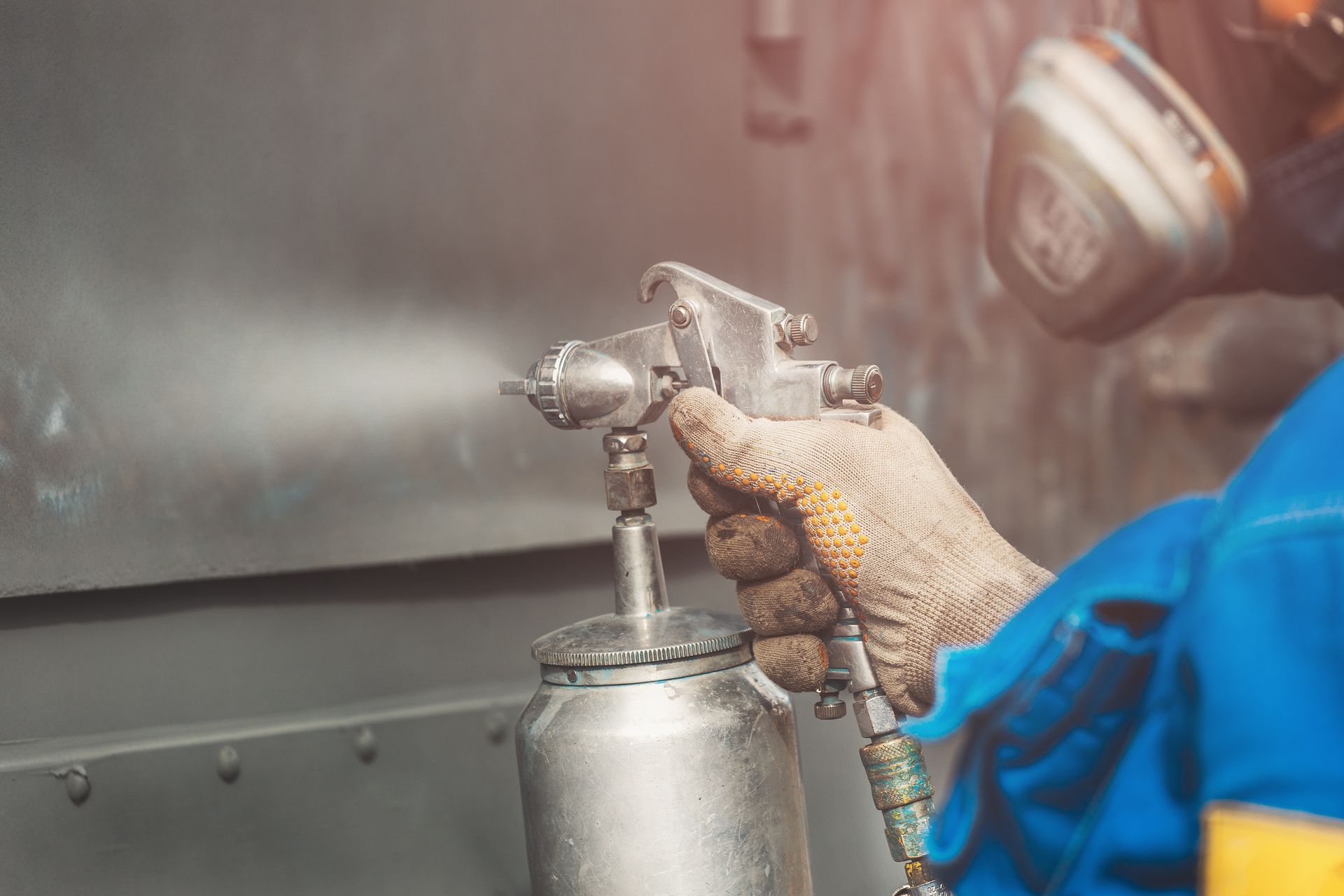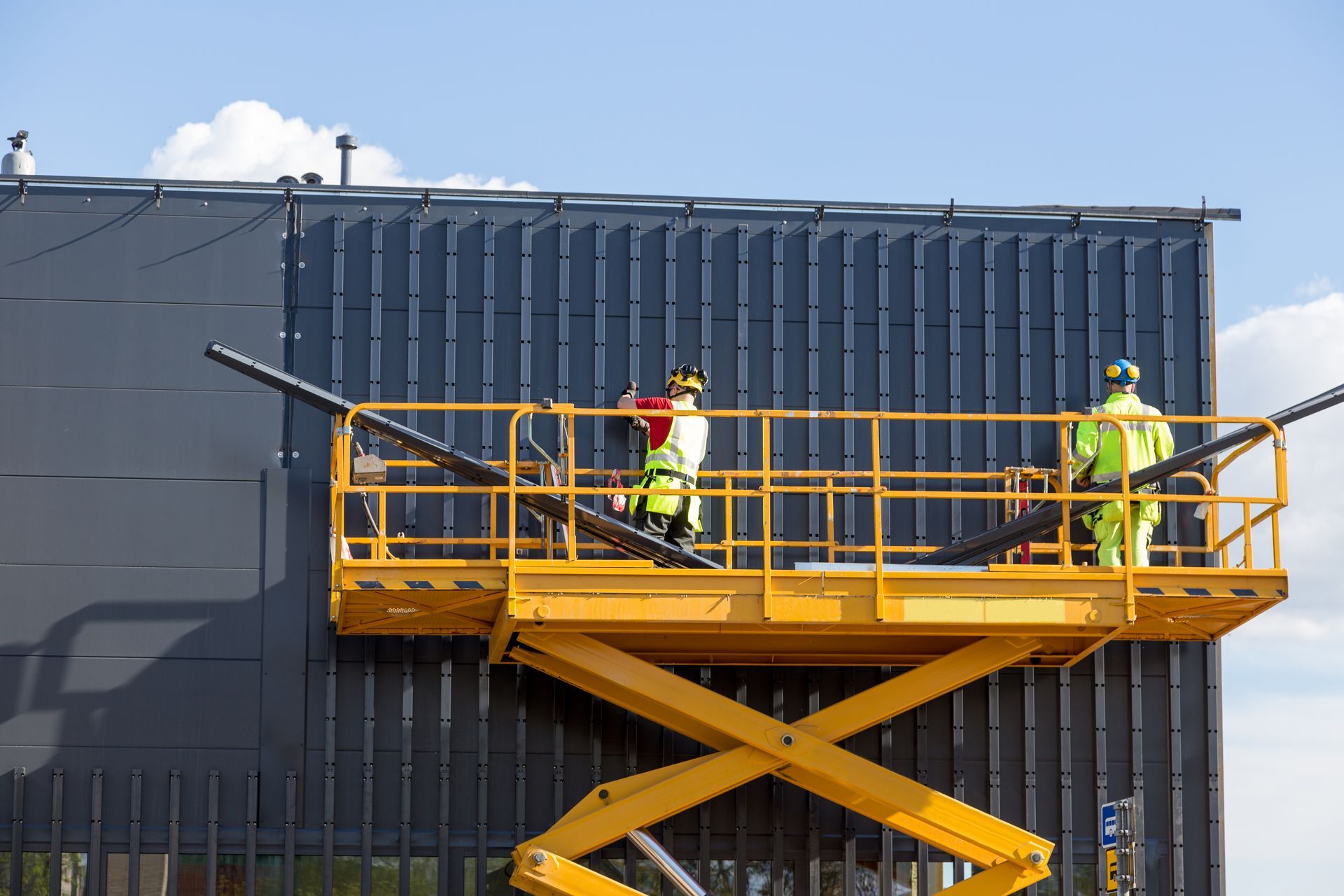Heavy Equipment Replacement Parts Guideline
In today's industrial landscape, heavy machinery such as bulldozers, wheel loaders and dump trucks are considered the backbone of any construction or public works company. Be it in mining or quarrying, heavy machinery should be handled carefully by skilled personnel and have periodic checks performed regularly.
The same can be said about heavy equipment replacement parts. Depending on which component that requires repair or replacement, there are major financial, safety and performance-related factors that'll need to be considered.
How to decide between repairing and replacing parts of your heavy equipment?
Repairing involves fixing only damaged components. Replacing restores the equipment's components to like-new form. In case you're tempted just to ignore or produce a temporary fix, it is part of the guidelines for heavy equipment replacement parts to require a new or used piece of heavy equipment to take the place of the damaged machinery.
There is merit to ask yourself a few questions before considering among these many options to replace or repair heavy machinery equipment parts. The rough answers that you get will aid you in your decision - whether it's to save on financial expenditure or boosting output performance, consider these below questions carefully:
- Is your heavy equipment still covered under warranty?
- Are there still pending payments for the equipment, or is it completely paid off?
- Does your business need a significant upgrade in power, performance or general output compared to the previous levels delivered by your equipment?
- Is there any resale or scrap value from your existing equipment to offset replacement costs?
- Is your business able to afford to pay taxes on the replacement equipment?
- How will repairing or replacing affect your operation costs such as fuel, future part replacements and longevity?
Heavy equipment is an investment for your company. Hence, the implications of your decision to either repair, rebuild or replace equipment should focus on the return of that investment.
What are the pros of using OEM parts for heavy equipment replacement?
You can choose from a smaller selection of parts
The right auto component can be easily located. the only information needed is the year, make and model.
The quality of the parts from OEMs are slightly more consistent
A part from an OEM should work as per the part you've just replaced. This can provide a certain peace of mind.
The part will have a guaranteed warranty
This might be the biggest draw to OEM parts! They often carry a warranty from the manufacturer, making it easier to claim in the case of any abnormalities.
What are the cons of OEM parts for heavy equipment replacement?
The parts are much more expensive
Parts from OEMs almost always cost more than a part of the aftermarket - it usually goes higher by as much as 60%.
The parts might be harder to find
OEM parts are usually only available from network or chain dealers. This also means the need to order your parts, increasing the downtime and increasing the time needed for repairs.
Aftermarket parts can sometimes be of better quality
From train track chains to sprockets, aftermarket parts can sometimes solve machinery problems that are specific to a business's machinery use case. Hence, it can often be better designed than OEM components.
Aftermarket parts are almost always less expensive
It's well-known that aftermarket parts run cheaper than OEM parts, sometimes up to a significant amount. While it differs from one brand to another, it is something worth considering.
You can find better variety from aftermarket parts
There are hundreds, if not thousands, of companies out there who are producing aftermarket parts. This often means specialisations for better choices and a wider range to choose from.
Looking for heavy equipment replacement parts? Choose a workshop you can trust.
Our expertise in metal fabrication meets the tough requirements for heavy equipment replacement parts. If you're looking for high-quality and cost-effective heavy equipment replacement parts with a fast turnaround time, why not give Choong Ngai Engineering a try?
With our metal fabrication tools, equipment and technique, we've been servicing happy customers for over 10 years. Learn more about our services and previous projects on our website or contact us at
www.choonngaiengineering.com
